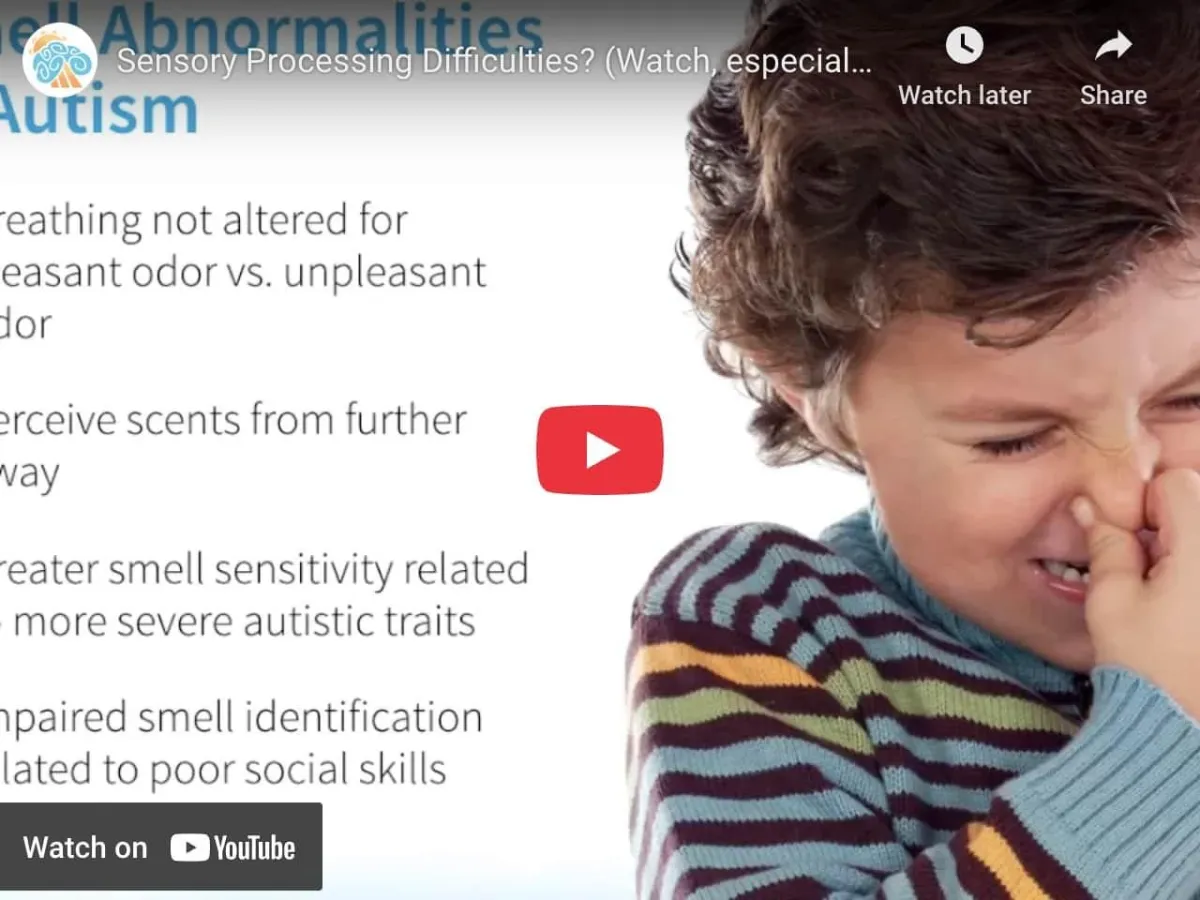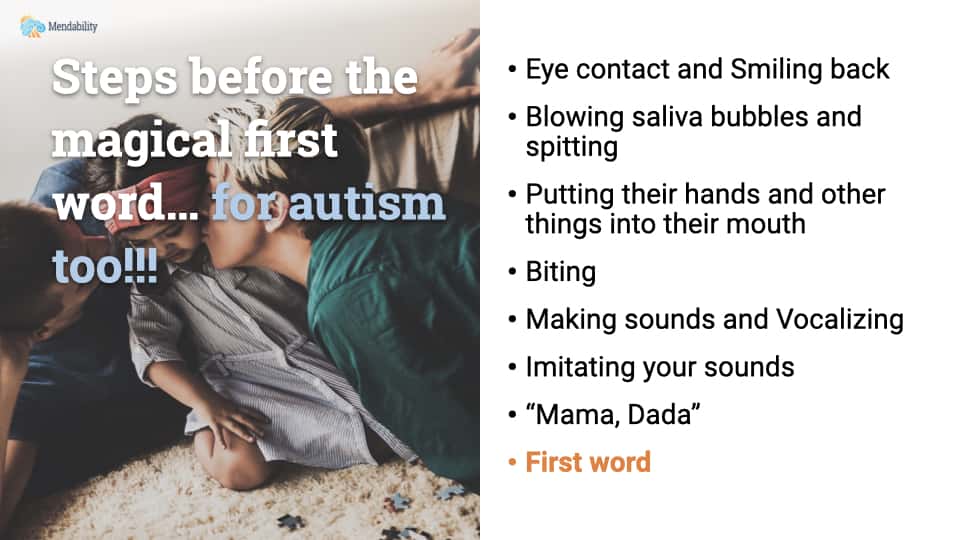
Autism activities: The benefits of downtime for children with autism
Free time for children with autism
Many children with autism are involved in highly-structured therapeutic programs for much of the day. What do you do when your child is at home? If you are looking for worthwhile activities for your autistic child during his or her free time, we would like to introduce you to some of the research that points to the benefits of unstructured activities and unguided discovery.
The worlds of sports, music, and business teach us that taking a break is actually good for learning and productivity. Professional athletes or musicians do not train every minute of the day, but rather they work and then rest to achieve their best performance. Businesses get more productivity when they alternate periods of intense work and renewal.2
In this article, we will look at some things you can do at home to help your autistic child achieve more during free time.6 We will also address situations where autistic children who are given free time may display excessive and destructive behaviors.
The benefits of downtime
Downtime is not strictly about doing nothing. In a study from University of Southern California published in 2012 and entitled “Rest is Not Idleness”, scientists used fMRI scanners to look at the brains of people who were lying down and letting their thoughts wander. The article discusses evidence that the default brain systems activated during rest are important for recalling personal memories, imagining the future, and feeling social emotions with moral connotations.3 Downtime means freedom from structured work, instructions, and goal-oriented activities. Here are some of the benefits of unstructured free time:
New learning is anchored during downtime. Taking a break from acquiring new knowledge and skills gives us a chance to review what we have just learned. Have you ever heard a child after school humming a song or repeating a word that he or she learned at school that day? Our brain needs time to consolidate new information.4
Downtime allows the brain to make new connections. Our brain is programmed to either focus on requests for actions or put energy into growing. When we allow ourselves to be creative and explore something new, then our brain has a chance to grow new connections instead of reusing the existing connections for our most common activities.
Downtime helps reduce stress and promote relaxation. Children and adults all benefit from some time when they are free from expectations to recharge their emotional batteries. 1
In everyday life, downtime can mean allowing a child to explore new things, without specific directions, and letting him choose how he wants to spend his time. We call this unguided discovery.
How to do discovery activities: observe and enrich
Step 1: Observe
Downtime can help you to get to know better the person you care for. Try observing your child with autism when she is given the chance to be unguided. Sit down for 15 minutes and watch what she chooses to do. The autistic child might:
Initiate an activity that shows curiosity and interest;
Stop all activities;
orDisplay a burst of excessive and possibly destructive activity.
We recommend that you do this observation session for at least a couple of days to gather some initial information and then repeat your observation time every couple of weeks. Consider keeping a journal of your observations.
What to do if your child with autism shows curiosity and interest
Children generally want to do new things. In most cases, you will see from your child’s behavior that he has his own interests.
Follow your child’s cues and try to create an activity or game to match his interest. For example, if your child tries to climb on the table to touch a light fixture, obviously you need to help him to climb down and be safe, but you may also note that he is interested in light. You could make up some games with flashlights or show him how to make a prism out of a drinking glass.
Why your autistic child might stop all activities
Your child might want to nap and do nothing. Remember that the brain grows while we sleep and a brief nap can be a beneficial activity.5,8 You may appreciate more than most parents the pleasure of 20 minutes of quiet time.
Please also note that if you find your older child needing extra sleep during the day, every day, you should discuss this with your family doctor or pediatrician. It could be a sign of other health concerns.
What to do if your child with autism is hyperactive
Some parents are nervous about letting their child have unguided free time because it has led to a negative outcome in the past. If your child is a whirlwind of energy when given free time with no direction, she may need more opportunities for structured exercise to expend her energy constructively.
One little boy who did Sensory Enrichment Therapy would eat his after-school snack in stages by taking a bite, then running around the house, then coming back for another bite and then running around again. Once parents started scheduling aerobic exercise each day, the child’s urges diminished, brain function improved, and snack time became easier and shorter.
Understanding that your child has extra energy that needs to be expressed can help you select appropriate after-school activities, so he does not break things or make an enormous mess during downtime at home. One way to direct your child’s extra energy can be to park your car far away from your destination and walk at a brisk pace to cover the last half mile to get to your activity. If your child likes this additional exercise then you could gradually increase the distance each time.
Step 2: Enrich the environment for exploration
Fun box
Put out a box containing a wide variety of new items for him to explore. For example, some shells from the beach, a selection of percussion instruments or even the wooden utensils from your kitchen. Do not show the box to your child and immediately expect him to begin play. Simply leave it in an obvious location. Let him notice it and explore it at his own pace.
Multi-texture path
This is a popular sensory exercise for children doing Sensory Enrichment Therapy that allows children to explore a variety of textures in their own way.
Prepare a path made from a series of different textures in a place your child frequently walks. Get creative with household items. Some examples include a fuzzy bath mat, a scratchy doormat, a ceramic tile, some bubble wrap, a sheet of corrugated cardboard, or whatever else you have available.
Many kids avoid this new sensory experience for a few days but almost all will eventually explore it. It doesn’t matter if they touch the textures with their hands or feet. One kid who had severe tactile issues decided to explore the textures by rolling around in them. The aim of this activity is to stimulate your child’s brain with new tactile information in a relaxed setting where he is in control of the activity. The multi-texture path is particularly beneficial for children with tactile defensiveness, which is a common symptom of autism and developmental disorders.
Conclusion
As you look for ways to fill your autistic child’s time at home with worthwhile activities, consider the benefits of downtime and unguided discovery. Your child may need time to consolidate the new skills he has learned at school and in therapy sessions. He may need to recharge his physical and emotional batteries. Remember that downtime is an opportunity for his brain to consolidate existing connections and build new ones that can help to overcome his challenges.
Sensory Enrichment Therapy™ incorporates the benefits of downtime by design. The therapy only takes a small amount of time each day (15-20 minutes) and includes periods of rest for the brain between sessions. Sensory Enrichment Therapy exercises combine and layer seemingly ordinary sensory experiences (smell, touch, balance, etc.) in a controlled way that stimulates discovery and new connectivity in the brain. In clinical studies, Sensory Enrichment Therapy has been proven to be an excellent complement to standard therapies. The children in the studies saw an average increase in the IQ by 9.5 points. 7
References
Baddeley, A., & Alan, B. (2000). The episodic buffer: a new component of working memory? Trends in Cognitive Sciences, 4(11), 417–423.
Coleman, J., & Coleman, J. (2012, December 6). The Upside of Downtime. Retrieved January 27, 2016, from https://hbr.org/2012/12/the-upside-of-downtime
Immordino-Yang, M. H., Christodoulou, J. A., & Singh, V. (2012). Rest Is Not Idleness: Implications of the Brain’s Default Mode for Human Development and Education. Perspectives on Psychological Science: A Journal of the Association for Psychological Science, 7(4), 352–364.
Jabr, F. (n.d.). Why Your Brain Needs More Downtime. Retrieved January 27, 2016, from http://www.scientificamerican.com/article/mental-downtime/
Mueller, A. D., Pollock, M. S., Lieblich, S. E., Epp, J. R., Galea, L. A. M., & Mistlberger, R. E. (2008). Sleep deprivation can inhibit adult hippocampal neurogenesis independent of adrenal stress hormones. AJP: Regulatory, Integrative and Comparative Physiology, 294(5), R1693–R1703.
Schwartz, T. (2010, June 1). The Productivity Paradox: How Sony Pictures Gets More Out of People by Demanding Less. Retrieved January 27, 2016, from https://hbr.org/2010/06/the-productivity-paradox-how-sony-pictures-gets-more-out-of-people-by-demanding-less
Woo, C. C., Donnelly, J. H., Steinberg-Epstein, R., & Leon, M. (2015). Environmental enrichment as a therapy for autism: A clinical trial replication and extension. Behavioral Neuroscience, 129(4), 412–422.
Yamaguchi, M., Masahiro, Y., Hiroyuki, M., Koshi, M., & Kensaku, M. (2013). Reorganization of neuronal circuits of the central olfactory system during postprandial sleep. Frontiers in Neural Circuits, 7.
Is hyperactivity an area of concern for you or your loved one?
Sensory Enrichment Therapy™ helps develop focus and attention by boosting brain development in these areas.
Join 3,000 families in over 60 countries who have used Sensory Enrichment Therapy™ to help boost brain development in their own homes.



